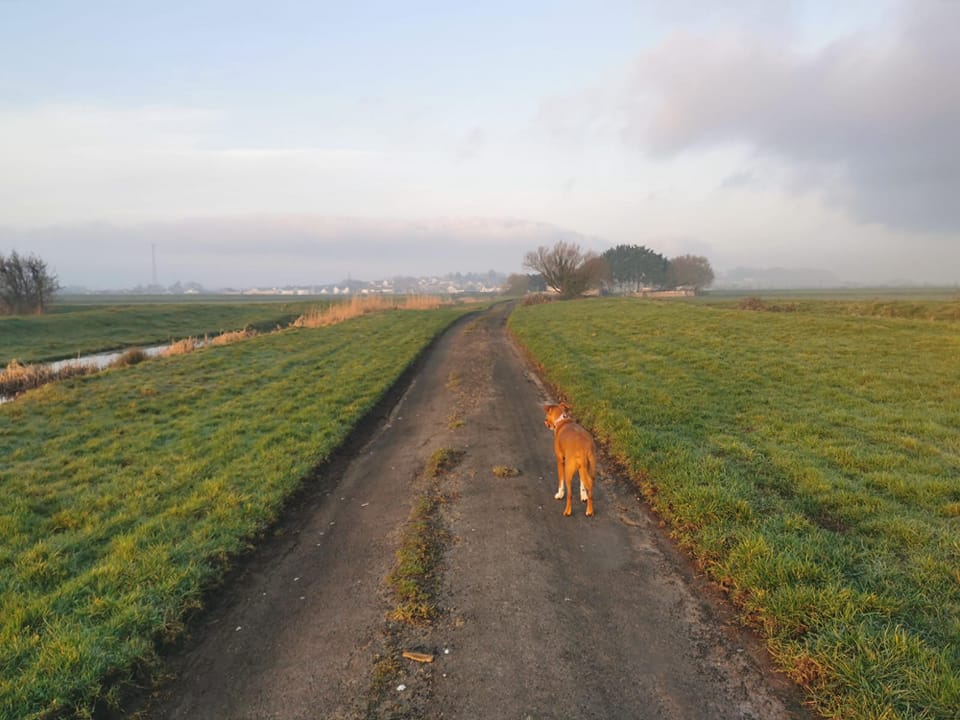Confusion and uncertainty over EDF’s saltmarsh plan at Environment Agency “stakeholder” event

Yesterday, there was confusion and uncertainty over EDF’s plans to create a new saltmarsh at Pawlett Hams, near Bridgwater, replacing and destroying aquatic eco-systems and natural habitat, wildlife homes, as well as ancient farmland, businesses and valued community space for local people and school children.
Many local people hastily attended the event hosted, with just a couple of hours’ notice, by the Environment Agency (EA) with expectations that plans for EDF’s salt mash proposal would be aired and detailed, as reported in local media platform Burnham-on-Sea.com.
Local people weren’t aware of the event until the media reported it on the day of the event, which raised levels of concern about the future of Pawlett Hams.
Somerset Councillor Claire Sully, who is campaigning with local group Pawlett Hams Action Group, also attended, thinking that there would be news about the proposed salt marsh.
Claire said: “The organisers had no new information and were there to answer general issues relating to Hinkley C and had no idea why there had been any media interest about the salt marsh proposal.
“When I quizzed the Environment Agency, they admitted that they couldn’t back the Hinkley C salt marsh mitigation scheme because there wasn’t enough detail provided. They told us that EDF has until January 2025 to submit their plans to the Planning Inspectorate.”
Claire also brought to the EA’s attention the plight of a tiny aquatic beetle just a few millimetres in size. This rare insect could be at risk if the area is flooded. Pawlett Hams is well-known in aquatic beetle circles and the EDF proposals would certainly lead to a serious diminishing of freshwater aquatic biodiversity for little seeming biodiversity gain, and a huge loss of fish from the Severn Estuary. Other wildlife that could be lost includes great crested newts, water voles and hares.
EDF is building two new nuclear reactors, the first in a new generation of nuclear power stations in Britain providing zero-carbon electricity for around six million homes. Hinkley Point C could cost around £46 billion, and the delayed completion date is now reported to be 2031. But for locals, living in a nearby village, there is another cost they are having to bear. A nature reserve, and prized local asset, next to Hinkley C, Pawlett Hams, could be flooded and turned into a salt marsh at a reported cost of £50m to “compensate” for the immense number of fish being sucked into Hinkley Point C’s cooling pipes.
The salt marsh could be as big as 313 hectares (773 acres) along the River Parrett at Pawlett, near Bridgwater. The Guardian reported this as the “odd Hinkley Point C salt marsh plan“. EDF has rolled back on its initial plan to save millions of fish by installing an “acoustic fish deterrent” (AFD) system, due to safety reasons, and this was essential to EDF not causing harm to the Severn Estuary.
The salt marsh is to compensate for the loss of fish life. The Bristol Channel and Severn Estuary are hugely important habitats for many species, including salmon and eels. EDF’s salt marsh proposal could affect part of the Somerset levels – where Saxon king Alfred the Great is said to have hidden from the Vikings. Land affected would include farmland used for grazing, as well as a nature reserve. Many locals are vehemently opposed to EDF’s salt marsh plans and are standing up for their local wildlife.

Thanks for the update Claire as I didn’t find out the event was on until after it had been and gone. Pawlett resident.